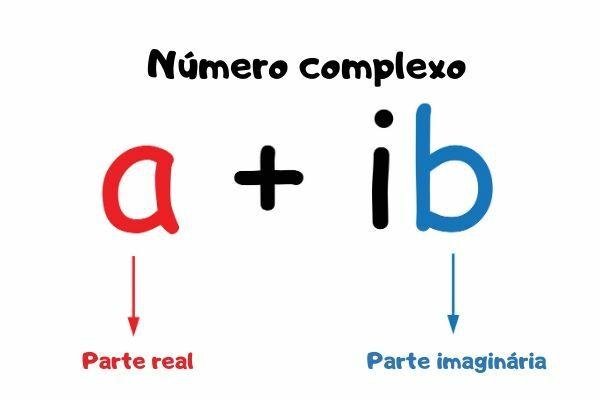When solving an equation of the 1st degree we obtain a result (this result is a numerical value that, replacing the unknown by it, we arrive at a numerical equality), this can be called the root of the equation or the truth set or the solution set of the equation. See the example:
2x - 10 = 4 it's a 1st degree equation.
2x = 4 + 10
2x = 14
x = 14
2
S = 7
Therefore, 7 is the true set of the equation, solution, or root of the equation 2x - 10 = 4.
If we replace the x (unknown) by the root, we will reach a numerical equality, see:
2. 7 - 10 = 4
14 – 10 = 4
4 = 4 is a numerical equality, we take the real proof that 7 is the root of the equation.
It is through this true set that we identify the equivalent equations, because when the set truth of one equation is equal to the set of truth of another equation we say both are equations equivalents. Thus, we can define equivalent equations such as:
Two or more equations are only equivalent if their truth set is equal.
See an example of an equivalent equation:
Given the equations 5x = 10 and x + 4 = 6. To check if they are equivalent one must first find the truth set for each.
5x = 10x + 4 = 6
x = 10: 5 x = 6 - 4
x = 2 x = 2
The two solutions are equal, so we can say that the equations 5x = 10 and x + 4 = 6 are equivalent.
If we equaled the two equations to zero they would look like this:
5x = 10x + 4 = 6
5x – 10 = 0 x + 4 – 6 = 0
x – 2 = 0
So, we can say that: 5x – 10 = x – 2 and 5x = 10 and x + 4 = 6 are equivalent, the two ways of answering mean the same thing.
How do we get from an equation to an equation equivalent to it? For this we need to use the principles of equality, these principles are used both to find equivalent equations and for any kind of mathematical equality.
Principles of equality
►Additive principle of equality.
This principle says that in a mathematical equality if we add the same value to the two members of an equation, we will get an equation equivalent to the given equation. See the example:
Given the equation 3x – 1 = 8. If we add 5 to the two members of your equality, we will have:
3x - 1 + 5 = 8 + 5
3x + 4 = 13 we arrive at another equation.
According to the additive principle of equality, the two equations are equivalent. If we find the roots of the two equations, we find that they are equal, then we will state what this principle says that the two are equivalent. See the calculation of its roots:
3x – 1 = 8 3x + 4 = 13
3x = 8 + 1 3x = 13 - 4
3x = 9 3x = 9
x = 9: 3 x = 9: 3
x = 3 x = 3
►Multiplicative principle of equality.
This principle says that when we multiply or divide the two members of equality by the same number, as long as this is different from zero, we'll get another equation that will be equivalent to the equation given. See the example:
Given the equation x – 1 = 2, one way to find an equation equivalent to it is to use the multiplicative principle of equality. If we multiply the two members of this equality by 4, we have:
4. (x – 1) = 2. 4
4x – 4 = 8 we arrive at another equation which is equivalent to the equation x – 1 = 2.
We already know that their equations are equivalent if their roots are equal. So let's calculate the roots of the example above, to see if they really are equivalent.
x – 1 = 2 4x – 4 = 8
x = 2 + 1 4x = 8 + 4
x = 3 4x = 12
x = 12: 4
x = 3
The roots are equal, so we confirm the multiplicative principle of equality.
Do not stop now... There's more after the advertising ;)
by Danielle de Miranda
Graduated in Mathematics
Brazil School Team
Equation - Math - Brazil School
Would you like to reference this text in a school or academic work? Look:
RAMOS, Danielle de Miranda. "Equivalent 1st Degree Equations"; Brazil School. Available in: https://brasilescola.uol.com.br/matematica/equacoes-1-grau-equivalentes.htm. Accessed on June 28, 2021.



